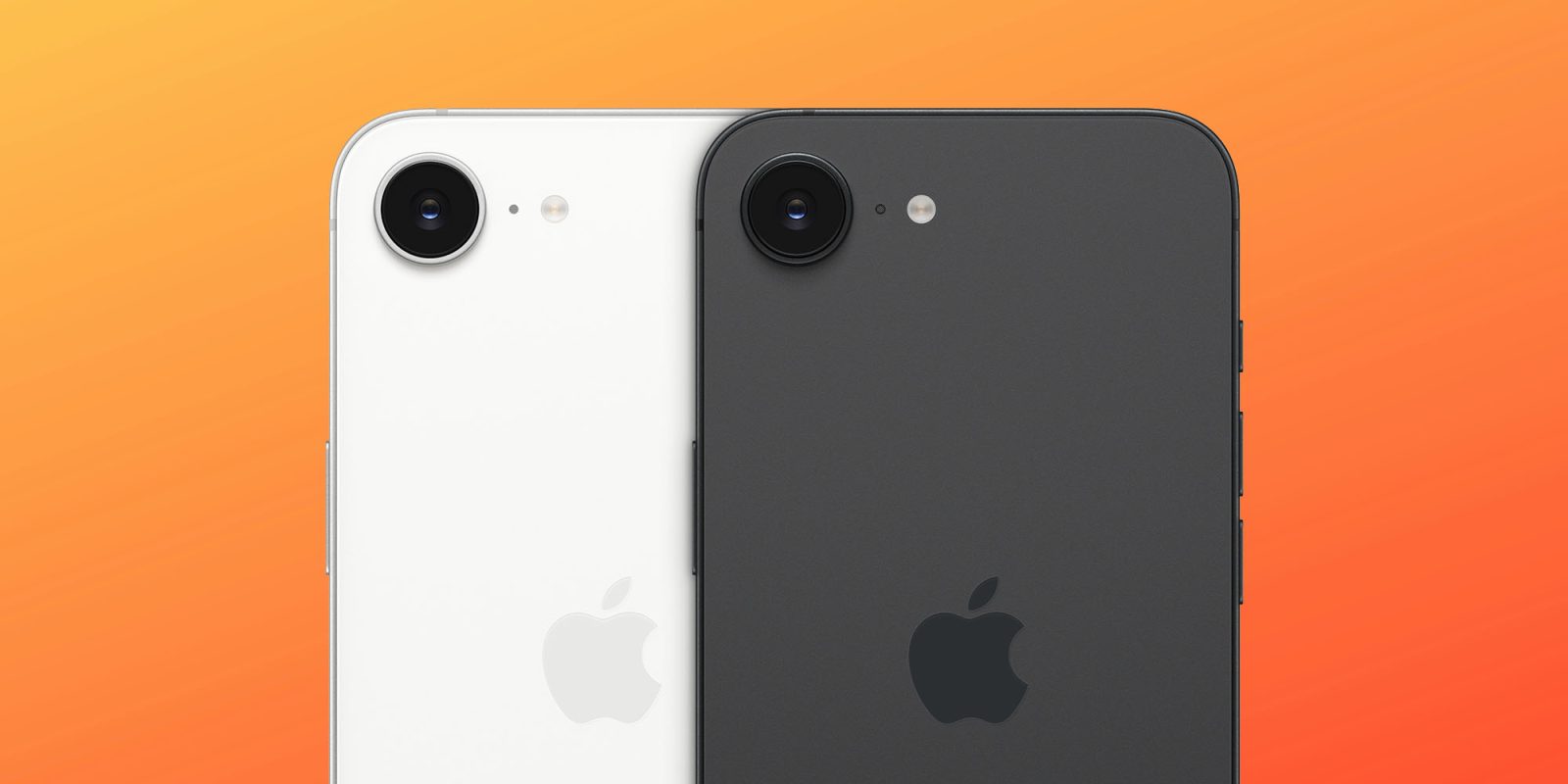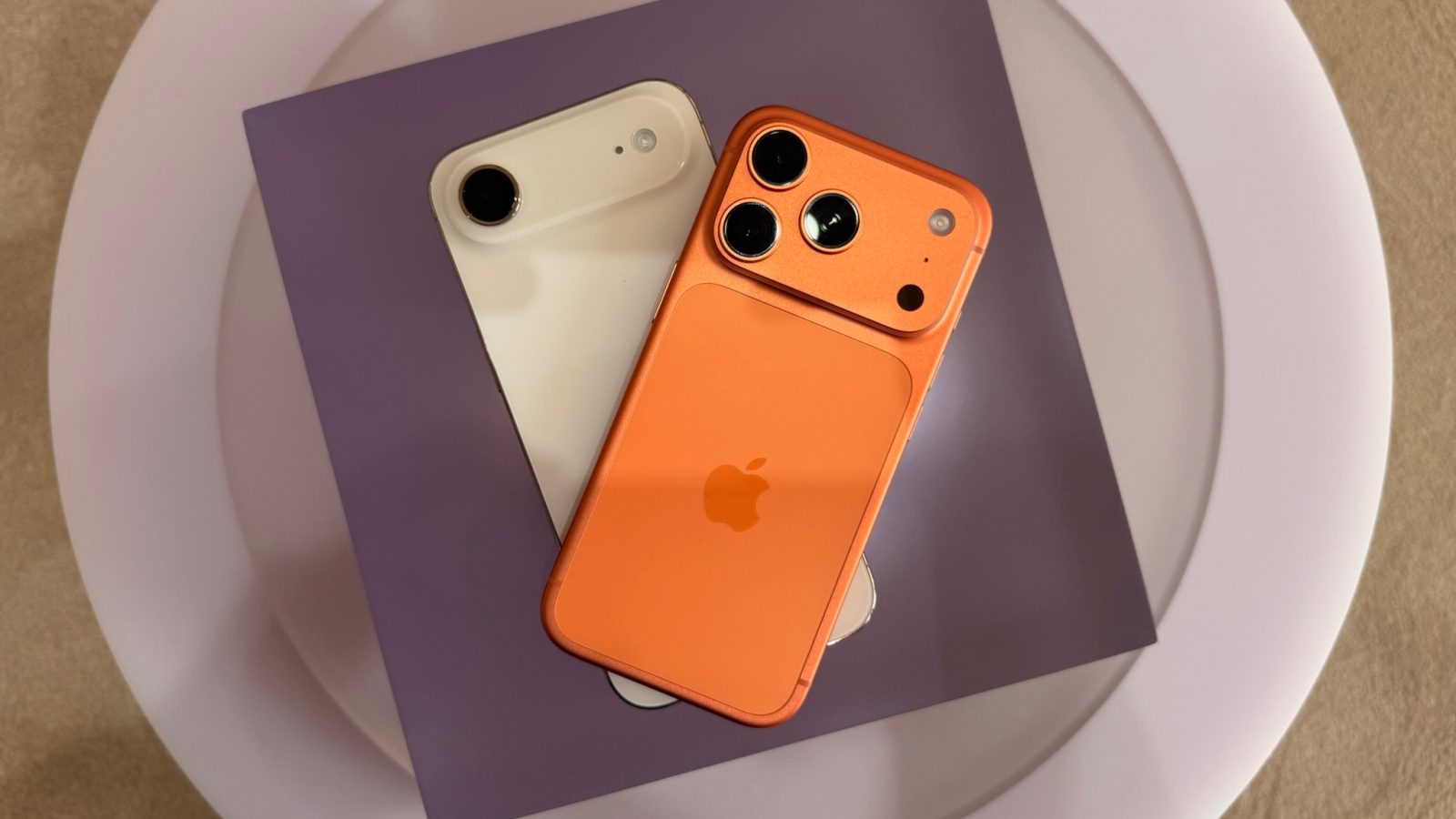Apple’s transition from the iPhone SE series to the iPhone 16e has sparked discussions about the company’s strategy for its entry-level smartphones. Historically, the iPhone SE models were released sporadically, with the original debuting in 2016, followed by the second generation in 2020, and the third in 2022. This irregular pattern allowed Apple flexibility in its release schedule, as the SE naming convention did not tie the models to specific years.
The introduction of the iPhone 16e, however, suggests a shift towards a more consistent annual update cycle. The inclusion of a numerical designation aligns the entry-level model with Apple’s flagship series, implying a potential yearly refresh. This change raises the question: Is Apple planning to release an iPhone 17e in 2026, continuing this annual pattern?
Recent reports from reputable sources indicate that Apple is indeed moving in this direction. A leaker with a credible track record, who previously revealed the iPhone 16e name ahead of its official announcement, has provided insights into the development of the iPhone 17e. In February 2025, this source noted the presence of a new project code suspected to be associated with the iPhone 17e, suggesting that the e model is likely to continue in the next generation.
Further developments have emerged, indicating that Apple is actively working on the iPhone 17e. The same leaker reported that the setup of the iPhone 17e production line is being planned, with the device nearing the trial production stage. Trial production, also known as the new product introduction phase, involves establishing a small-scale version of the planned production line to create limited batches of the device. This process helps identify potential issues and opportunities for refinement before full-scale production begins.
The iPhone 16e, launched in February 2025, marked a significant departure from the SE series. It features a 6.1-inch Super Retina XDR display with OLED technology, powered by Apple’s A18 chip, and includes the company’s first in-house cellular modem, the C1. The device also boasts a 48MP Fusion camera with an integrated 2x telephoto lens, offering dual-camera functionality with a single rear camera. These features position the iPhone 16e as a powerful yet more affordable option within the iPhone 16 lineup.
Analysts from Consumer Intelligence Research Partners (CIRP) suggest that the iPhone 17e could debut in February 2026, approximately one year after the iPhone 16e’s release. This timing would align the e series with Apple’s flagship iPhone releases, which typically occur in September. By adopting this annual release cycle, Apple appears to be positioning the e series as a consistent and integral part of its product lineup, similar to Google’s approach with its Pixel A series.
The potential success of the e series hinges on several factors. While the iPhone 16e offers many features found in the standard iPhone 16, its pricing is higher than previous SE models. The iPhone 16e starts at ₹59,900 for the 128GB variant, compared to the last iPhone SE, which launched at ₹43,900. This price increase raises questions about the e models’ appeal as budget-friendly options. To ensure the success of the iPhone 17e, Apple may need to adjust its pricing strategy or enhance the device’s features to justify the cost.
In conclusion, the rapid development of the iPhone 17e and the shift towards an annual release cycle for the e series indicate a strategic move by Apple to offer a consistent and affordable alternative within its iPhone lineup. As the company continues to refine its approach, the success of the e series will depend on balancing features, pricing, and market demand.



